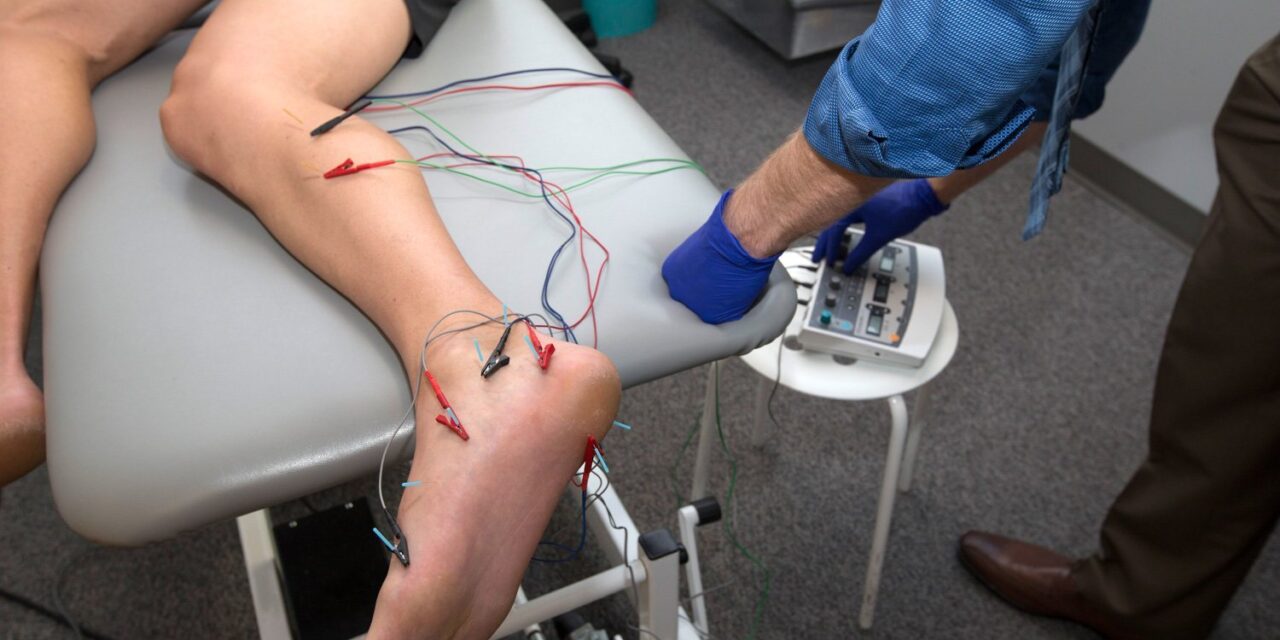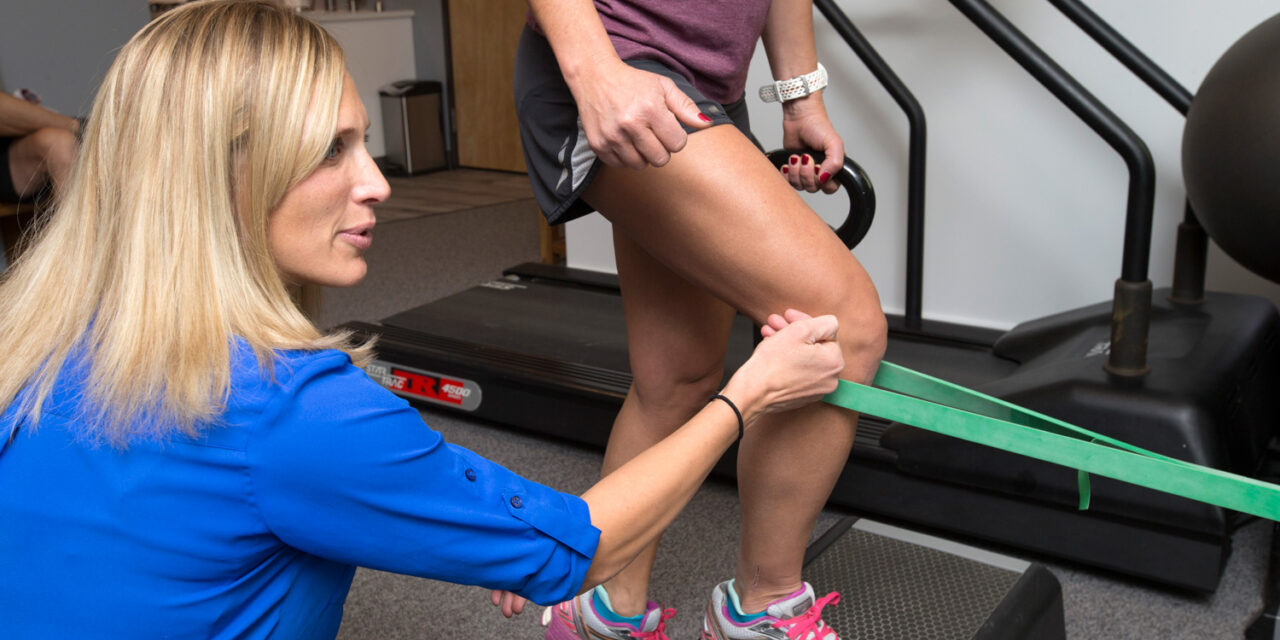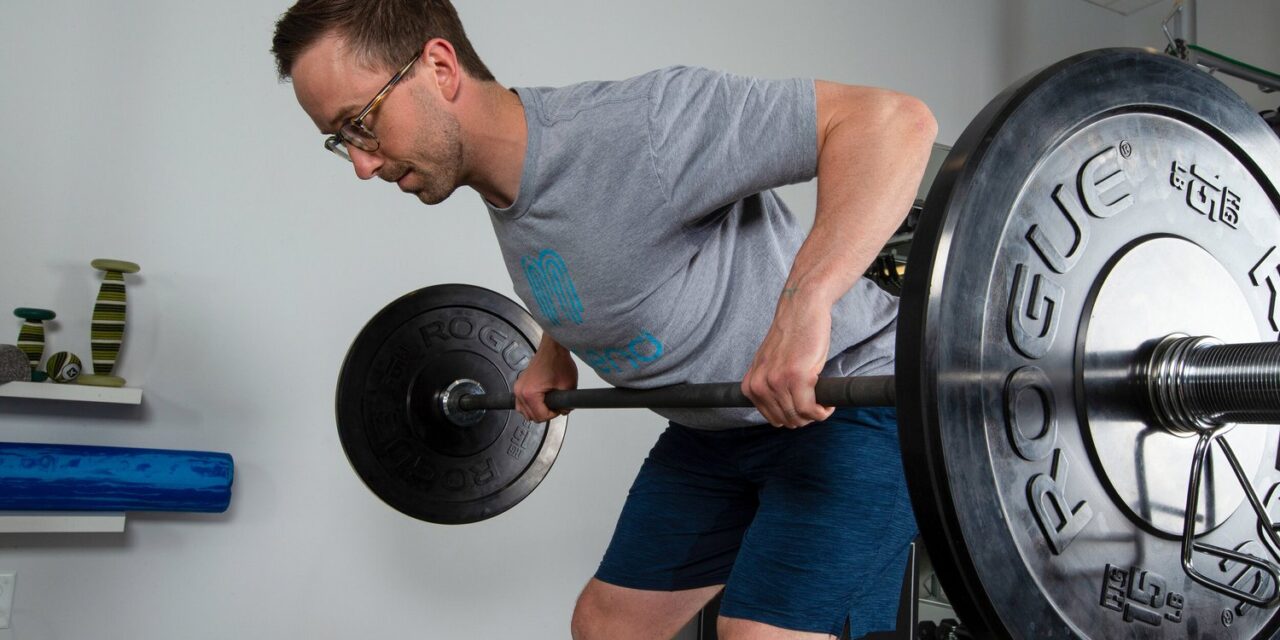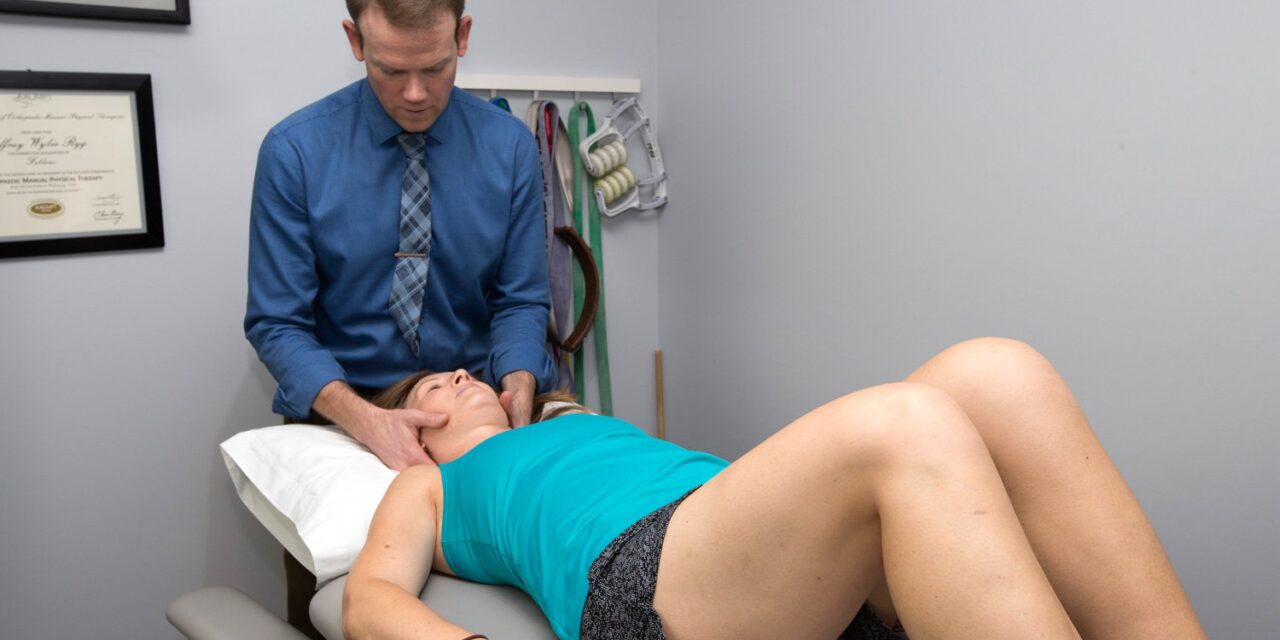Dry needling is a common treatment intervention provided by Physical Therapists in our Boulder and Lafayette Physical Therapy clinics. When combined with other interventions, including manual therapy and exercise, dry needling can be an effective method to treat sources of myofascial or muscular pain. Dry needling can be performed with or without electrical stimulation. Previous...
Does A Physical Therapists Patient Education Impact Muscle Soreness After Dry Needling?
October 10, 2022
Dry needling is a common treatment intervention utilized in our Boulder Physical Therapy and Lafayette Physical Therapy offices. Evidence supports its utilization of dry needling treatment of myofascial pain (muscular) which can be the sole or contributing source of a patient’s current symptoms. A common, mild side effect of the treatment is post needling soreness...
Our brains create a remarkable and close to non stop dialogue in our heads throughout the day. Often this inner voice can be heard remembering or replaying prior events, as well as, contemplating future events. This voice has remarkable abilities that help separate from the rest of the animal kingdom. Researchers call this inner voice,...
Stress management is a critical skill for any individual including patients in our Boulder and Lafayette Physical Therapy practices. Stress falls into a if not when category and when it impact our daily lives we need to look for constructive outlets. Common stress management strategies include talking to a friend/family member, exercise, sleep, journaling/prayer, and...
Improving Obesity and Heart Health With A Plant Based Diet
September 28, 2022
Nutrition is a key component of health and recovery from injury and disease. Due to strong evidence on this link health care practitioners, including Physical Therapists, are being to prescribe adequate portions of fruits and vegetables in patients diets. In a previous blog post we described the beneficial effects of a lower processed diet compared...
Improving Pain, Inflammation, and Tissue Healing With Adequate Sleep
September 28, 2022
In our Boulder and Lafayette Physical Therapy practices, in addition to the injured tissue(s), we examine the total health behaviors of the patient. Healthy behaviors such as a healthy diet, habitual exercise, and adequate sleep are important allies in the fight against pain, inflammation, and injury. Sleep researchers continue to study the effects of both...
Nutrition, stress management, and sleep are the overlooked components of a patient’s recovery in our Boulder Physical Therapy and Lafayette Physical Therapy practices. These low hanging fruits are often easier to control and improve than the injured tissue’s path to recovery. Inherently we know nutrition is important and food that is fresher is more nutritious...
Knee osteoarthritis is the most common joint disease world wide and one of the leading causes of disability. Thankfully this condition is successfully managed conservatively utilizing Physical Therapy interventions including manual therapy and exercise. Previous research has shown these Physical Therapy interventions can postpone or prevent the knee for knee replacement. In some cases, conservative...
Exercise remains an essential intervention of any acute or chronic pain management program. The effects of aerobic exercise on pain reduction (analgesia) is well established and thought to occur through a multifactorial process involving positive neurological (peripheral nerves, spinal cord, and brain), as well as, immunological, and circulatory changes in the body. The analgesic effects...
Manual Therapy and Exercise Shown To Improve Dizziness
September 19, 2022
Our neck plays an important role in our ability to balance and maintain equilibrium within our environment. This region of the spine has a high density of sensors called proprioceptors which provide immediate feedback to our spinal cord and brain regarding our body position in space. In some patients with neck pain this system can...










